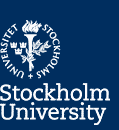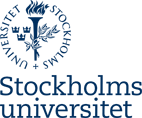In any individual, the genome sequence is virtually identical in all cells of the organism. Although the same genes are present in all cells, only some genes are active in muscle cells whereas others are active in cells of the gut. Since the genome has to fit in the tiny nucleus of the cell, it is tightly packed around proteins called histones. Now researchers at the Department of Molecular Biosciences, The Wenner-Gren Institute, have discovered that a chemical histone modification is needed to unpack some genes and make them active.

– Using genetic tools in the fruit fly Drosophila, we found that this histone modification is necessary for animal survival and for proper wing formation, says Mattias Mannervik, lead author of the study.

– Interestingly, this histone modification is only needed for activation of some genes in the gut and in a subset of cells in the wing. So our findings provide information on how genes are controlled in a tissue-specific manner, explains Isabel Regadas who conducted most of the work.
Through collaborations with Jiayu Wen, a bioinformatician at Australian National University, and the biochemist Sebastian Deindl at Uppsala University, the researchers could uncover the role of this histone modification throughout the genome as well as the mechanism by which the genes are unpacked.



